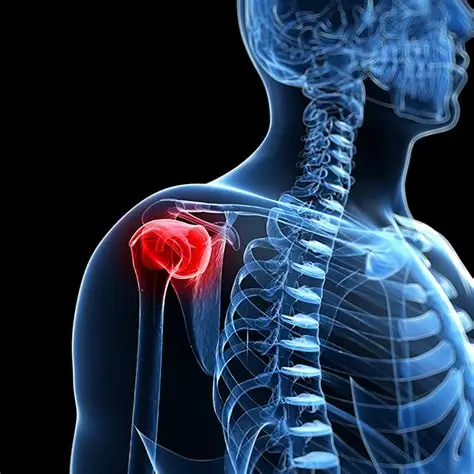Techniques used by physiotherapist
Immobilization: Place the shoulder in the sling or splint the shoulder joint in its proper position. Plenty of early rest is needed Don't try to move the shoulder or force it back into place, it can cause damage to the shoulder joint and the surrounding ligaments, muscles, blood vessels, or nerves.
Thermotherapy: Thermotherapy is used for relaxation of the muscles before performing the exercise program.
Cryotherapy: The physiotherapist applies ice to the shoulder to reduce pain and swelling by controlling bleeding and fluids retention in and around the shoulder joint.
Ultrasound Therapy: Ultrasound is very effective in breaking adhesions.
TENS: Transcutaneous electrical nerve stimulation provides pain relief, which may be caused after performing stretching exercises.
Range of motion and strengthening exercises: Range of motion and strengthening exercises for muscles, prevent the dislocation of the shoulder again in the future. Physiotherapy begins with gentle muscle toning exercises. Later, exercises with weights can be added.
Post-surgery physiotherapy: Physiotherapy after shoulder surgery is essential to restore the shoulder’s function.
- Phase I (maximal protection): After shoulder stabilization surgery, the arm is placed in a sling, usually for 4 to 6 weeks.
To control pain and swelling, icing, and proper positioning are done. This phase lasts for the first few weeks after your surgery, when your shoulder is at the after immobilization gentle range-of-motion and strengthening exercises using only the weight of the arm is started. After immobilization gentle range-of-motion and strengthening exercises
Cryotherapy, TENS, Ultrasound therapy, and Gentle massage are given to help decrease pain, swelling, and stiffness.
- Phase II (moderate protection): After almost 1 month following surgery, the use of your sling is reduced, and range-of-motion and strengthening exercises will progressively become more challenging. Extra resistance for strengthening exercises is slowly increased.
Strengthening of the core muscles of the shoulder and trunk muscles is started which provides additional support and stability to the shoulder. Joint mobilization techniques are used to help restore the shoulder's range of motion. Also light cardiovascular activities, such as exercising on a stationary bike or walking on a treadmill.
- Phase III (return to activity): This phase begins after 3 months of surgery. The therapist now focuses on restoring strength and use of the arm for daily activities, except for activities such as sports or any other physically strenuous work-related tasks. Modified weight-lifting or gym-based programs are in cooperated to increase the difficulty of exercises.
- Phase IV (return to occupation/sport): This phase begins about 4 months after surgery, the therapist helps to return to work, sports, and other higher-level activities. The therapist trains the patient in activity-specific exercises to meet the needs. The exercises include lifting heavy objects, for certain athletes, the task may include catching and throwing. A shoulder brace might be recommended to allow gradual and safe return to regular activity level without re-injury.


